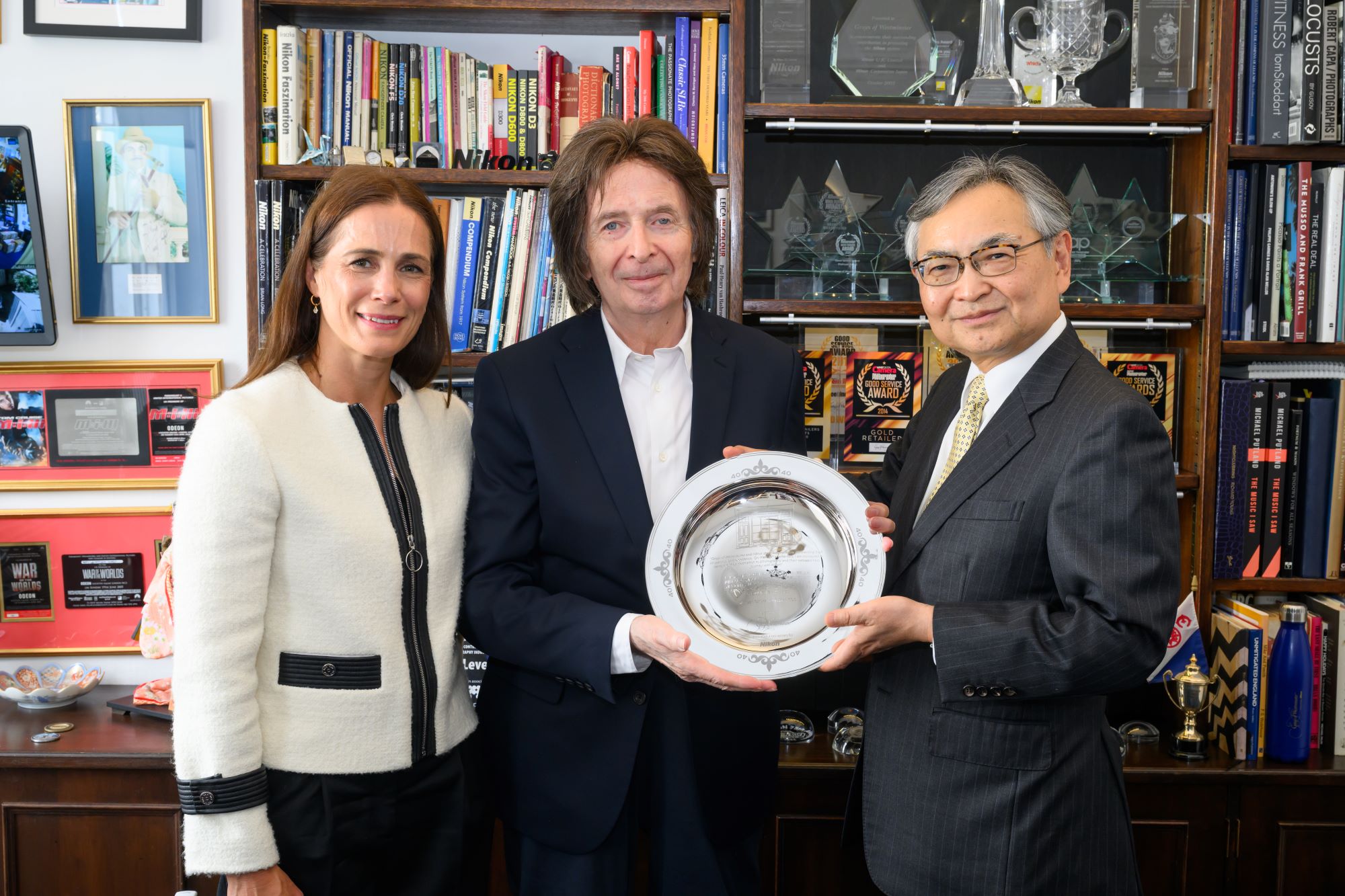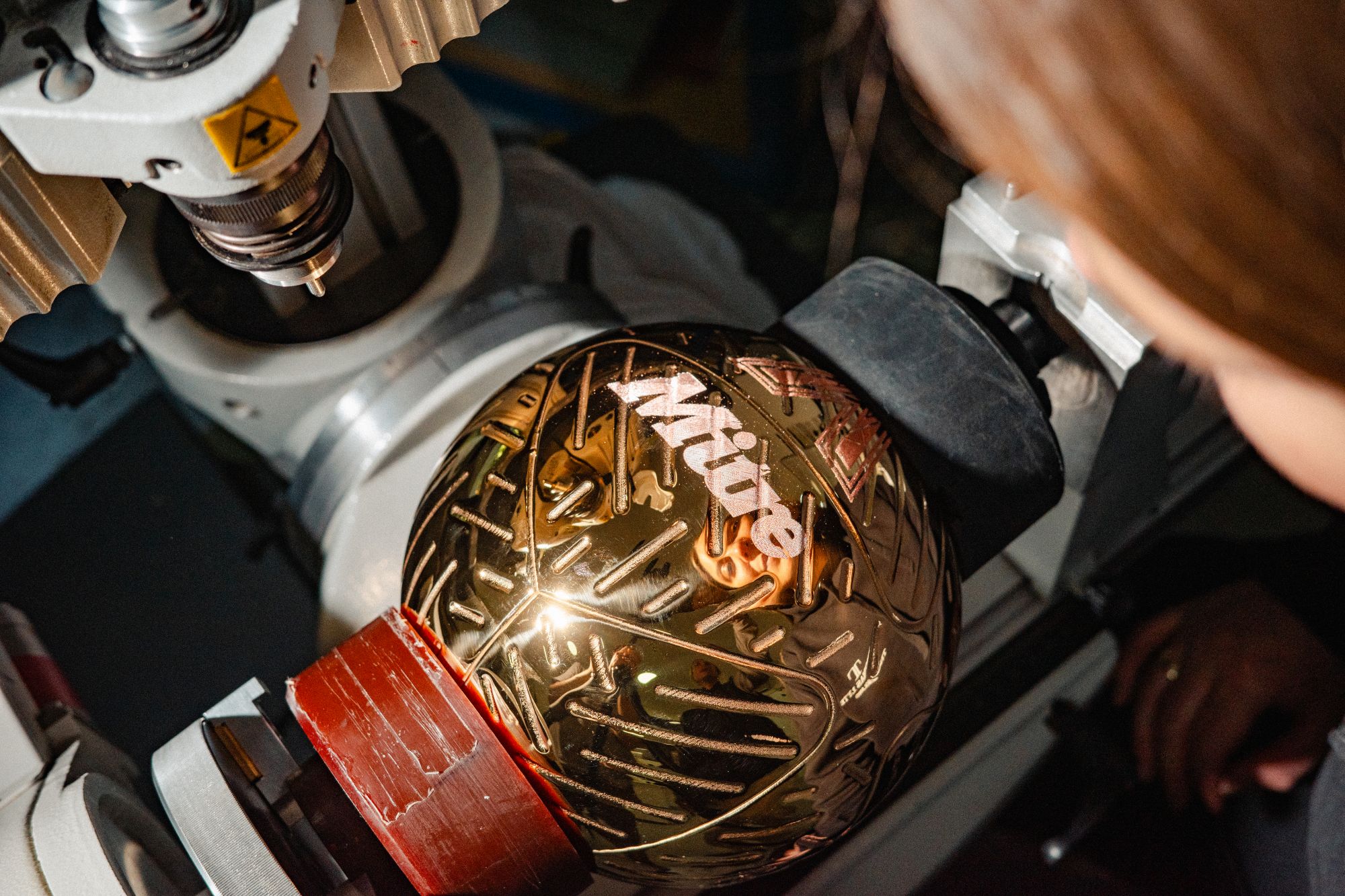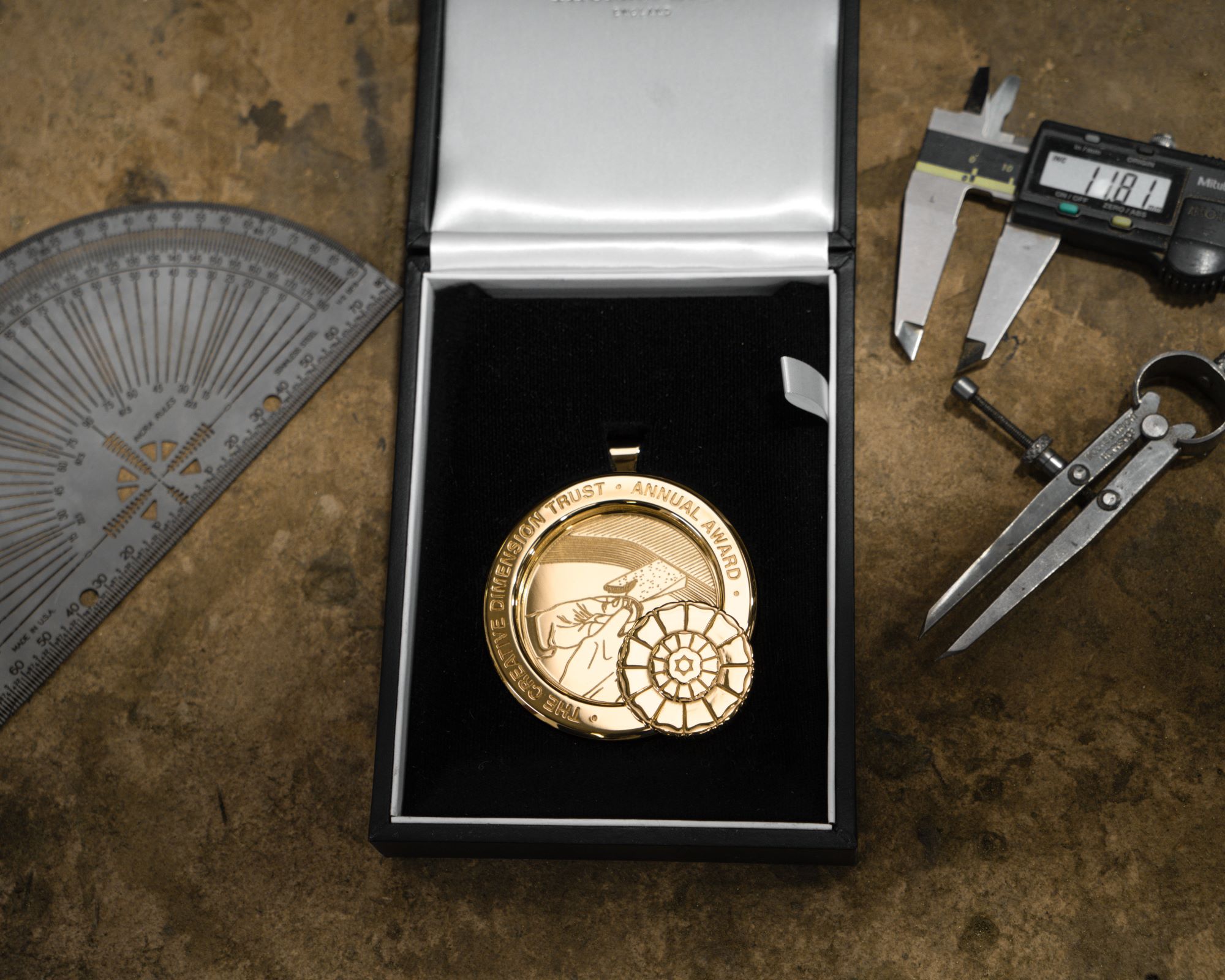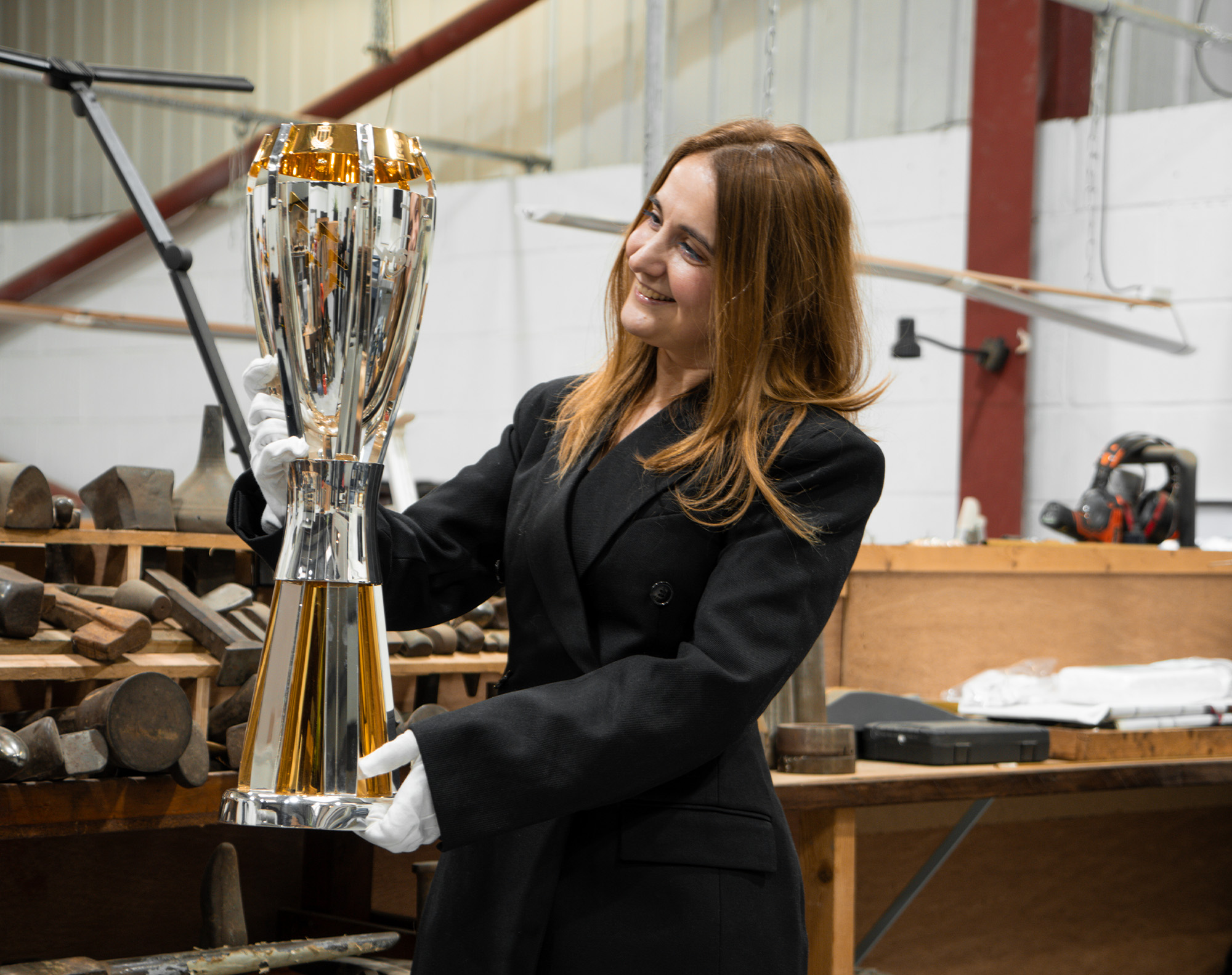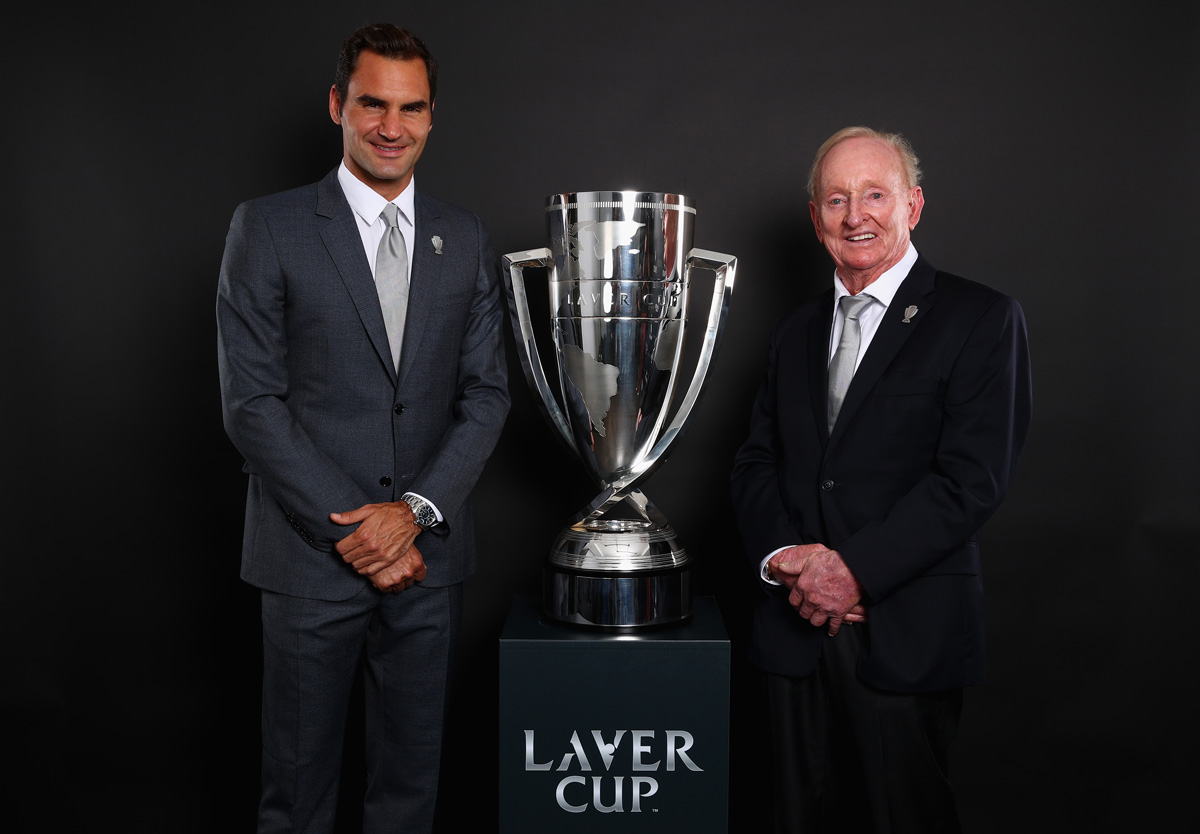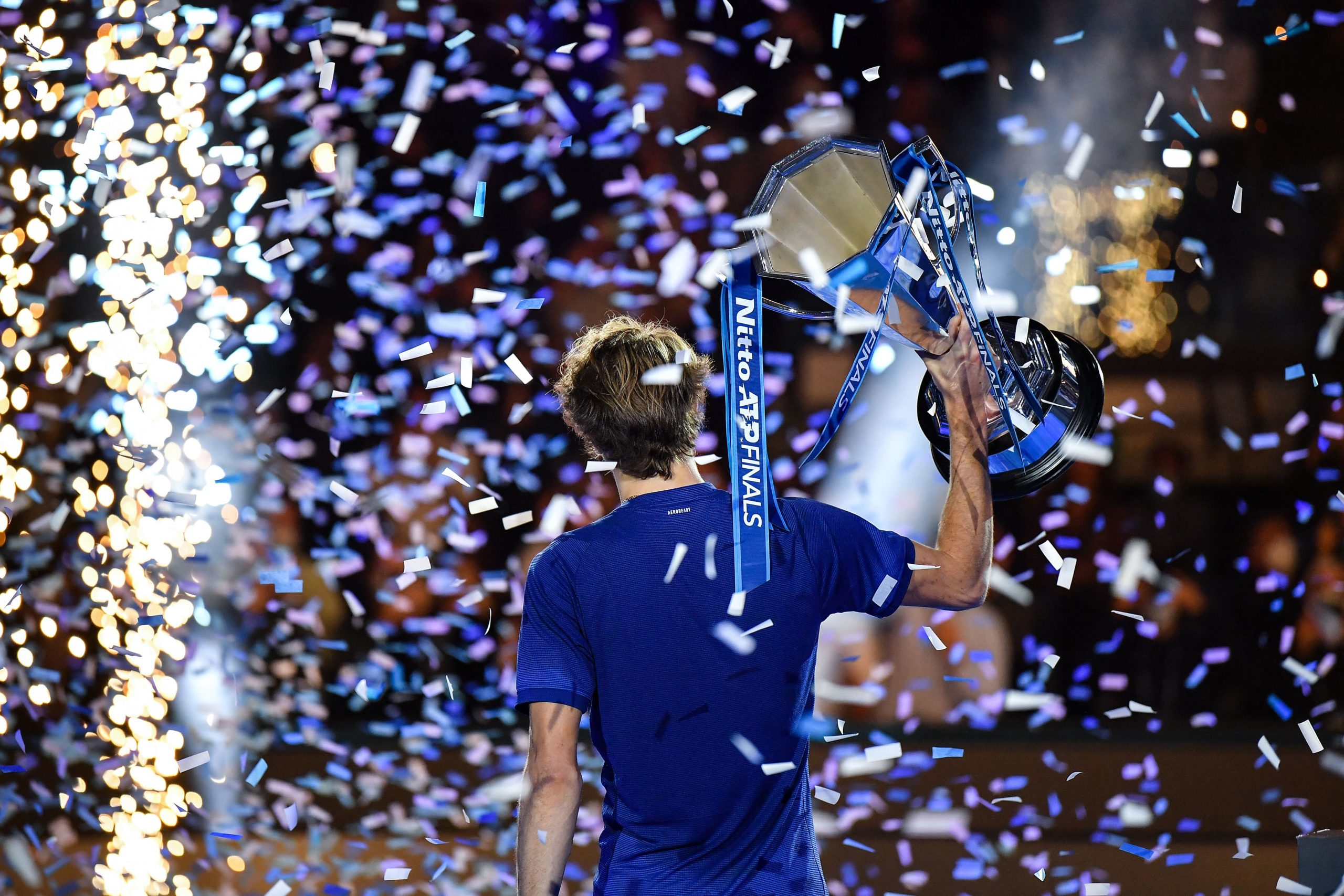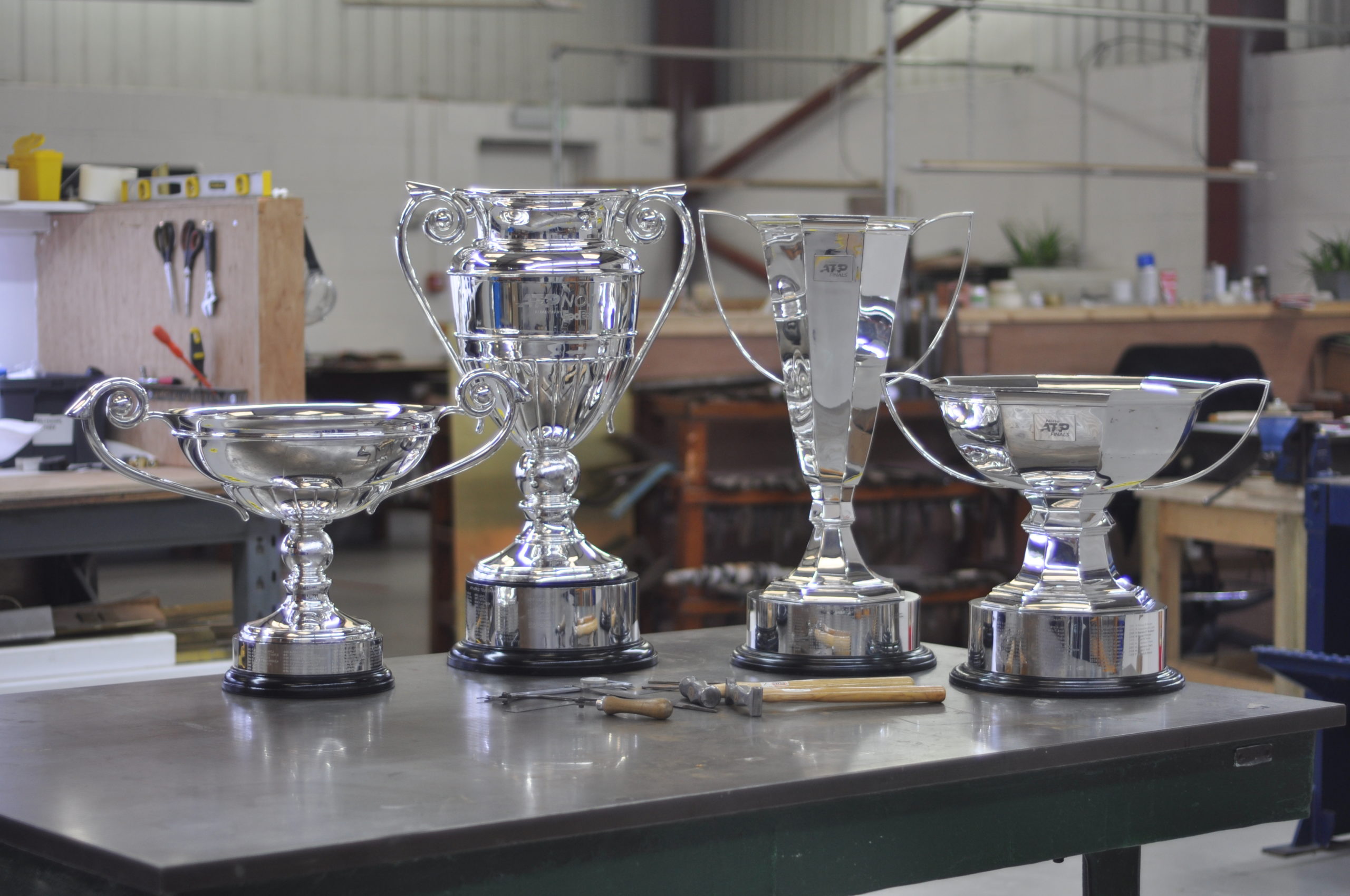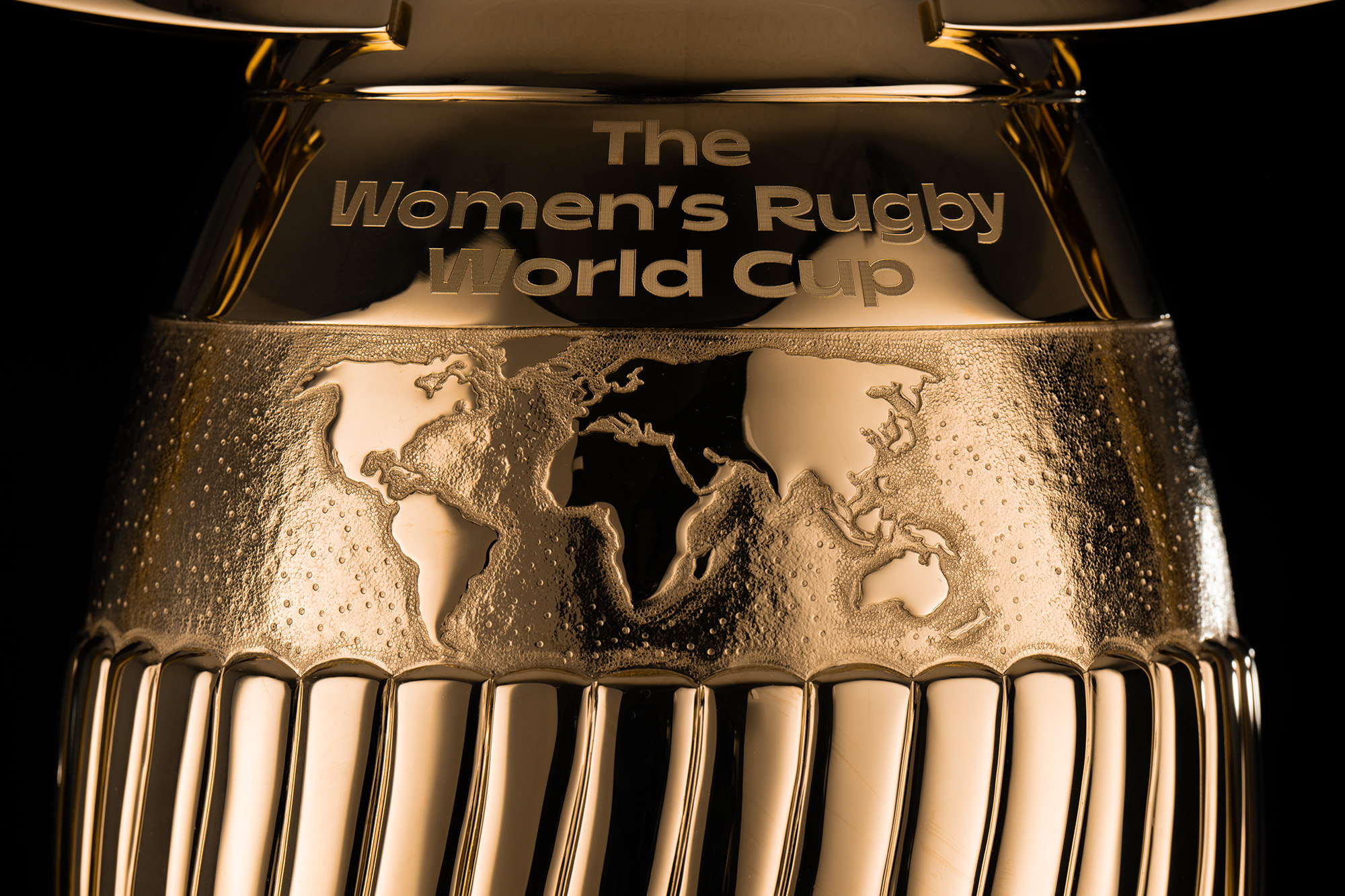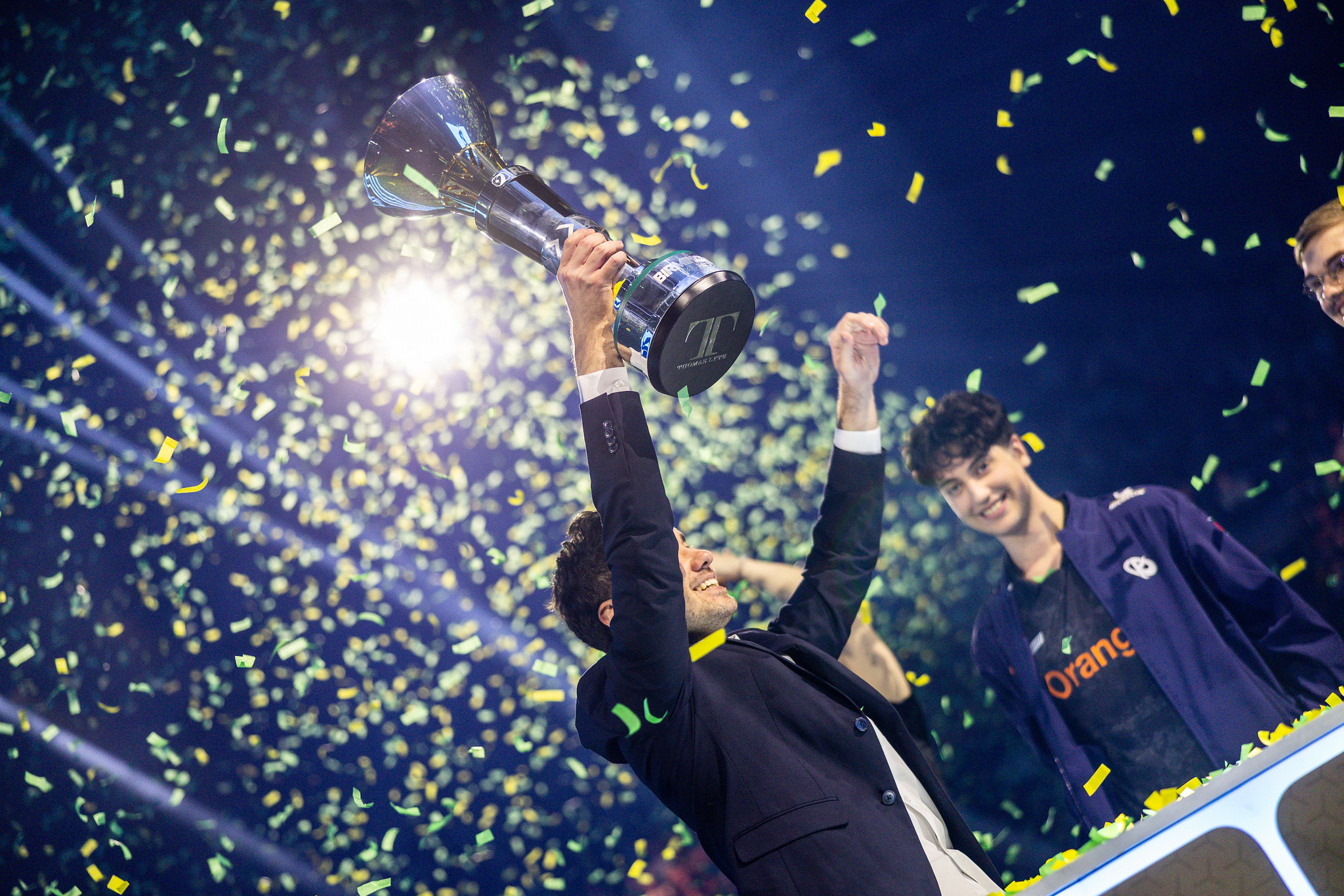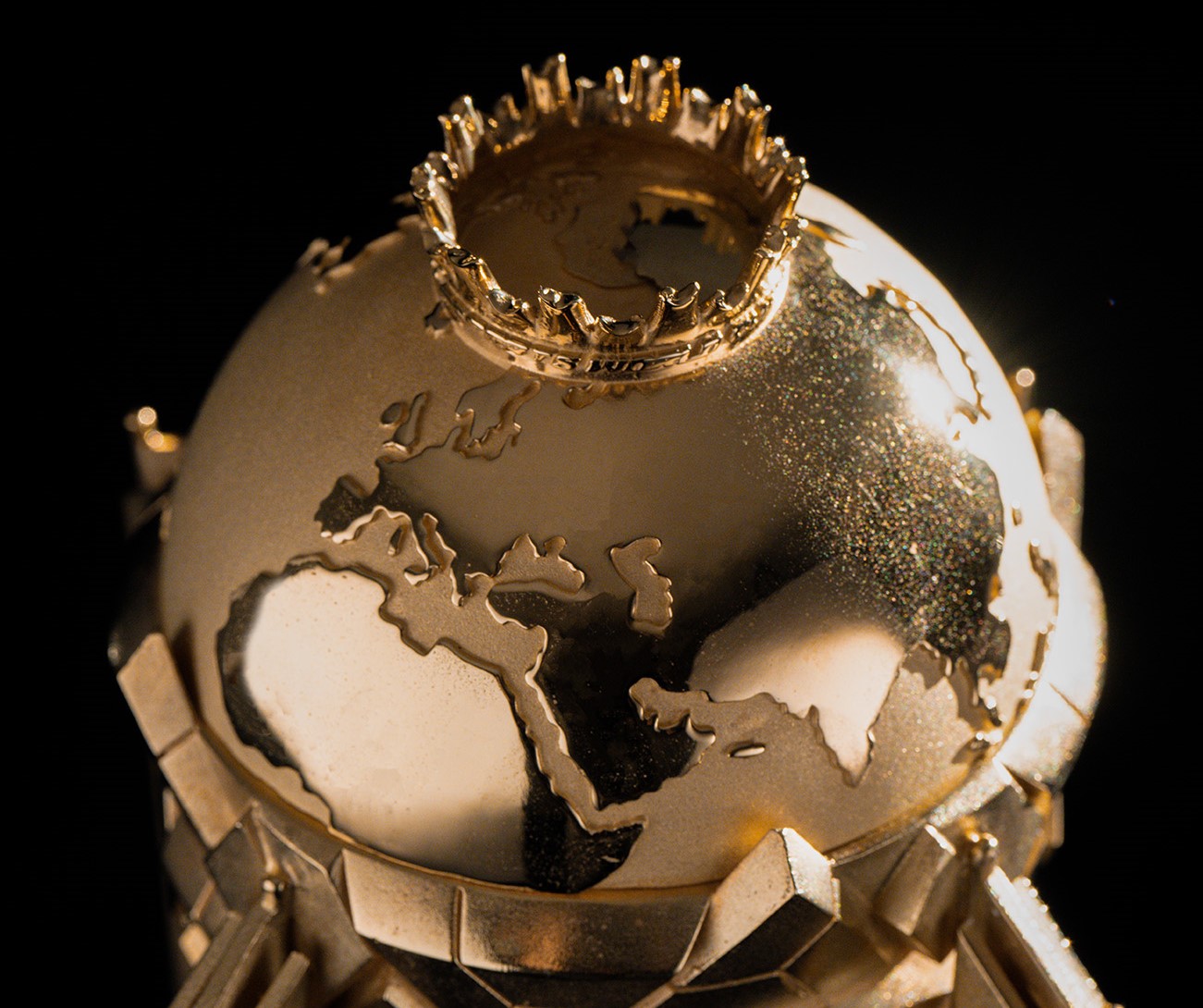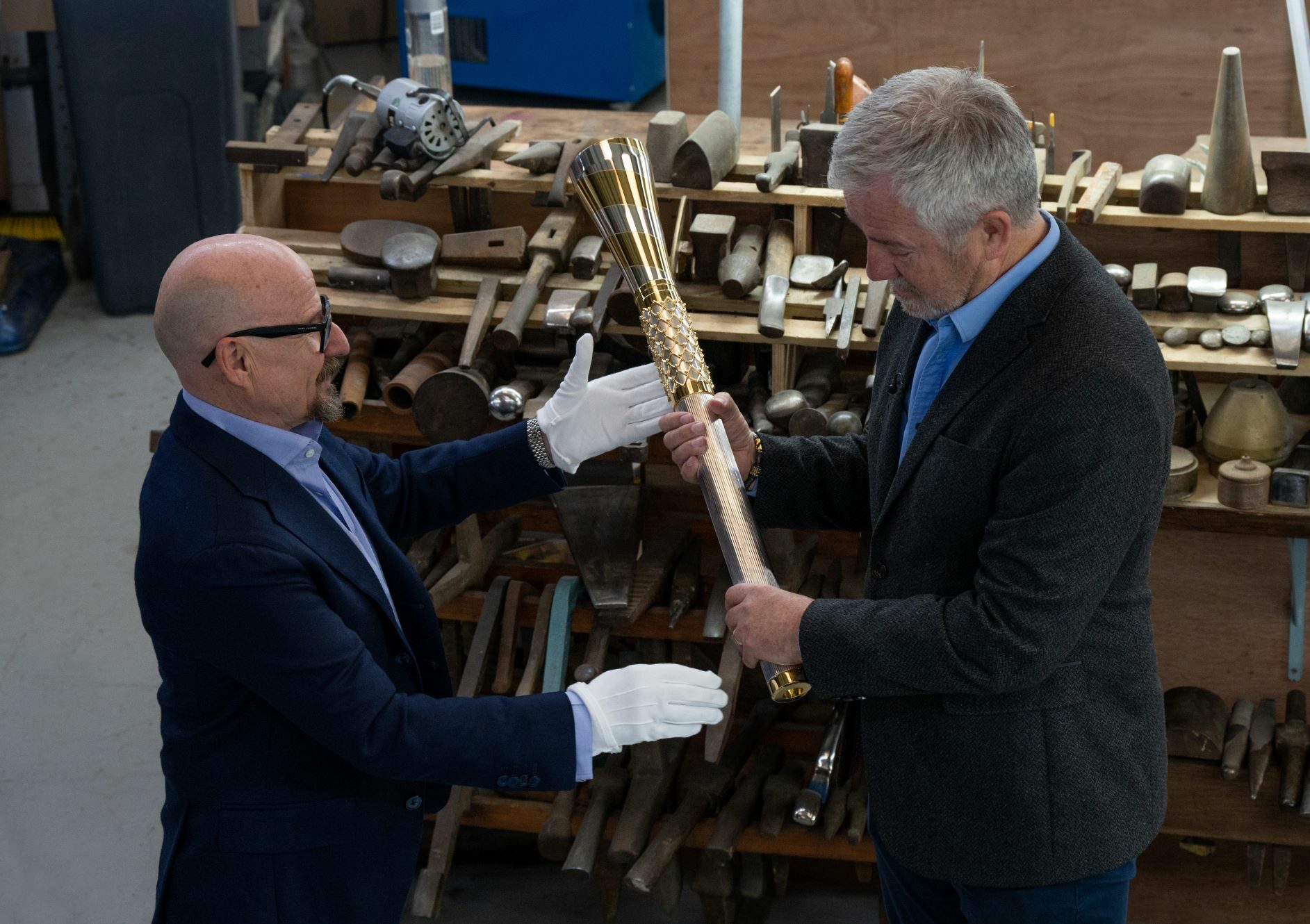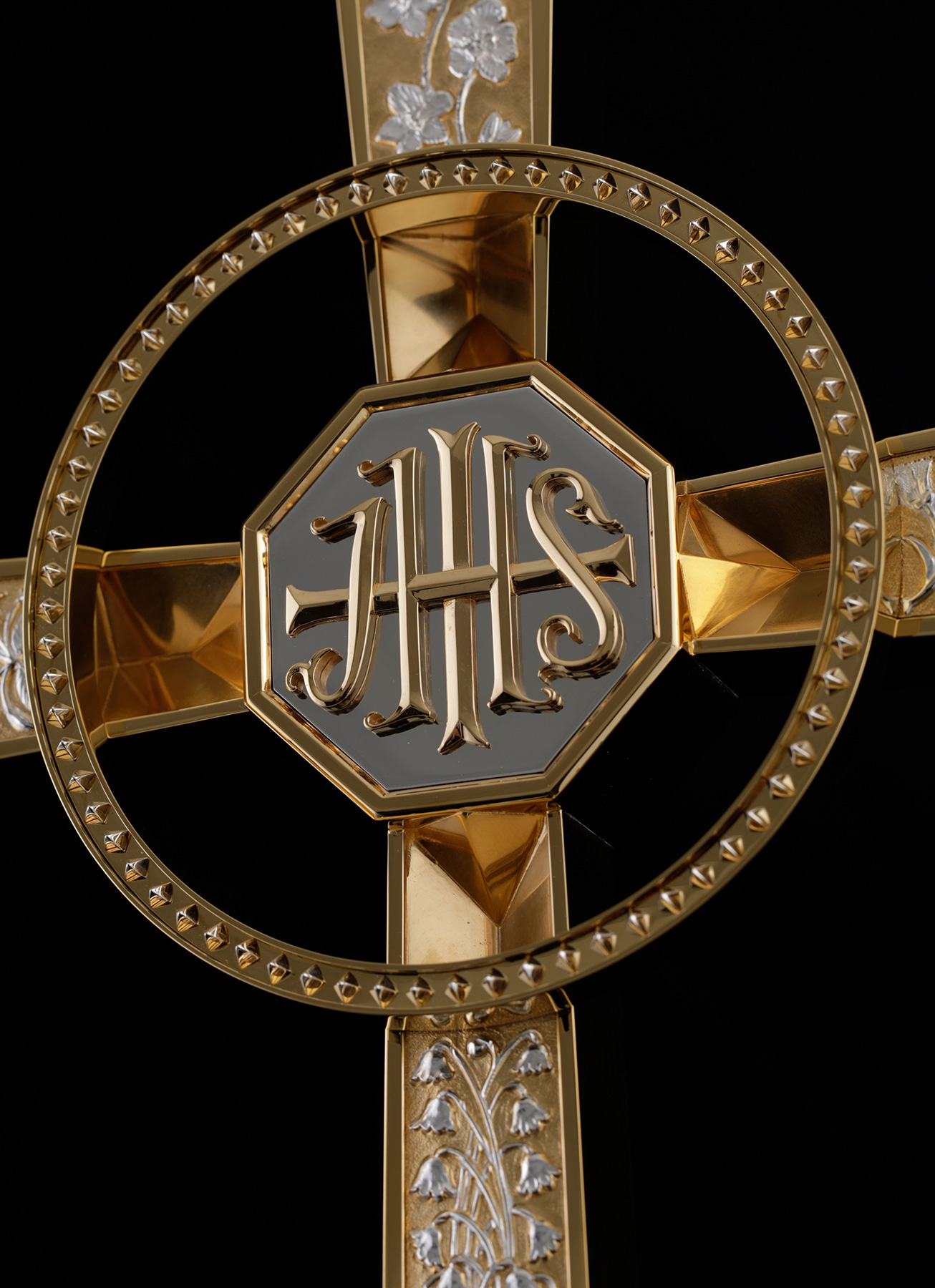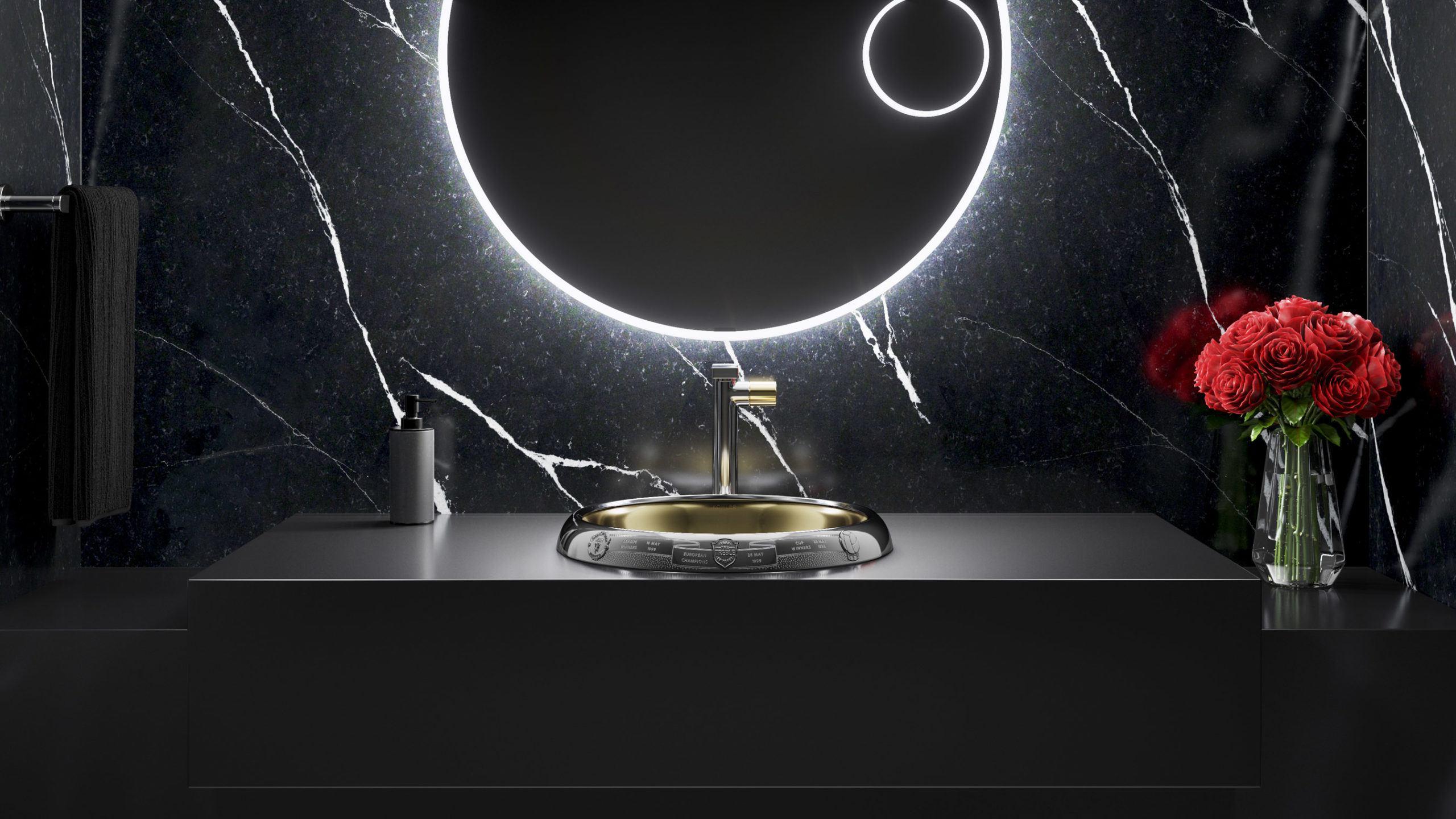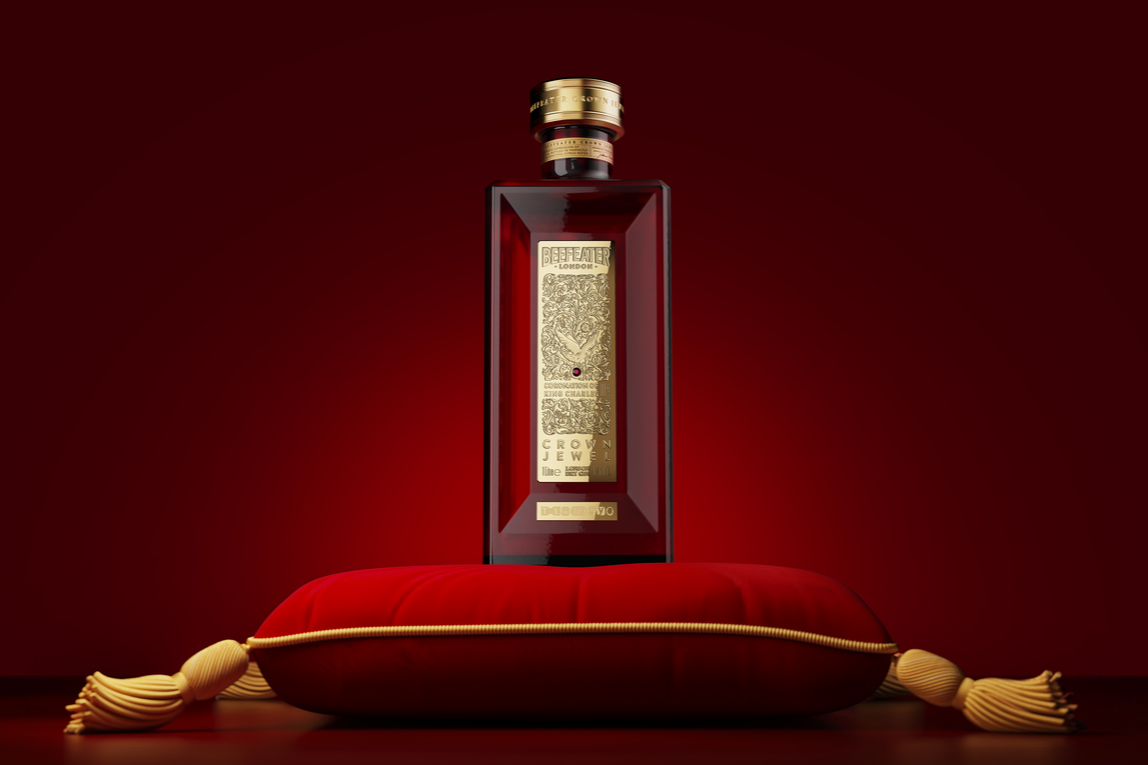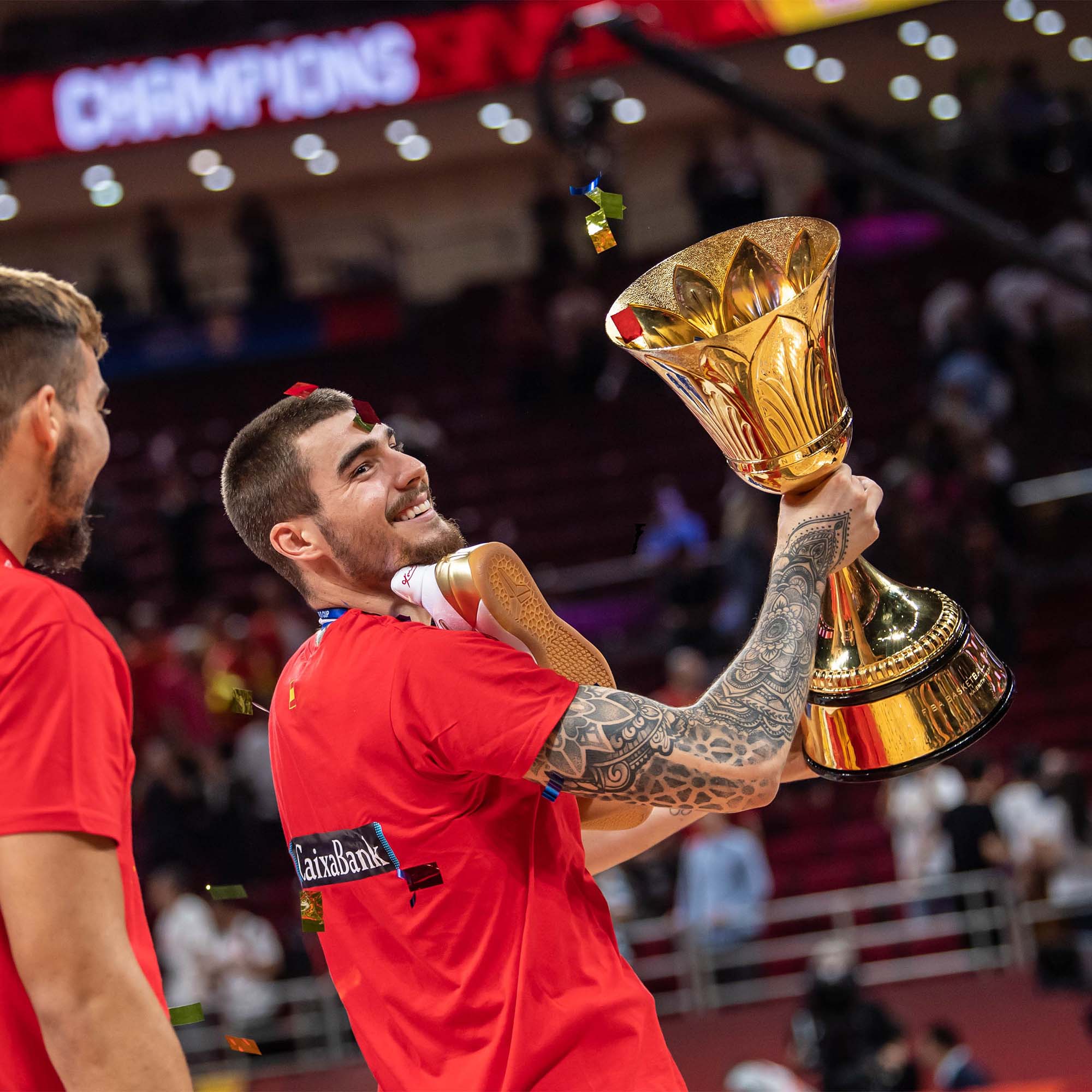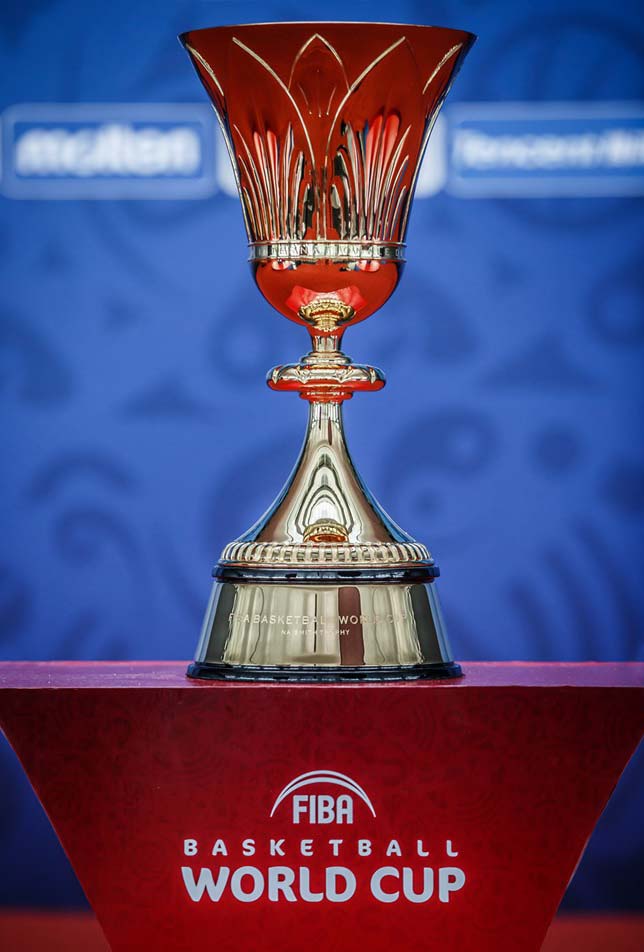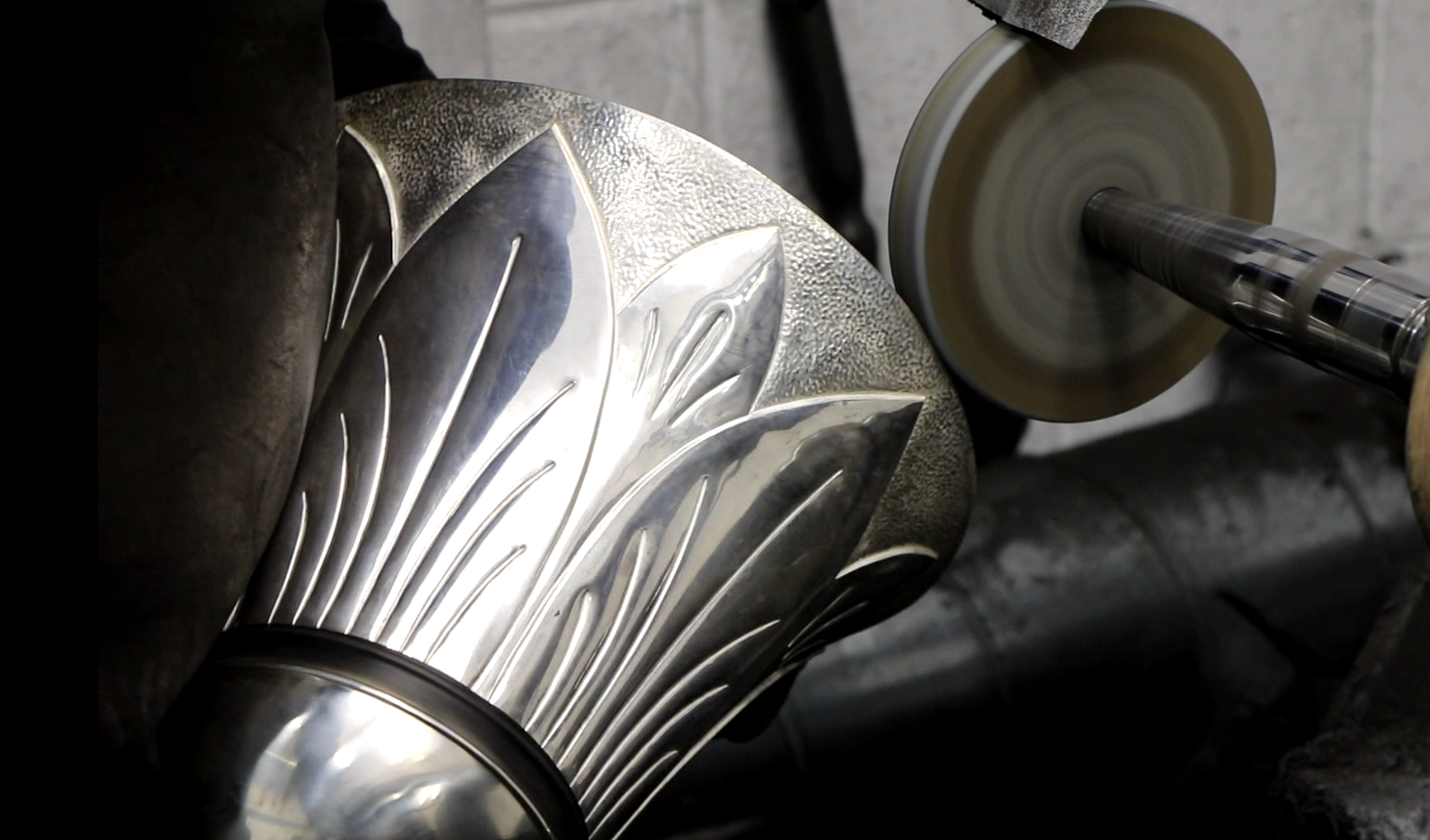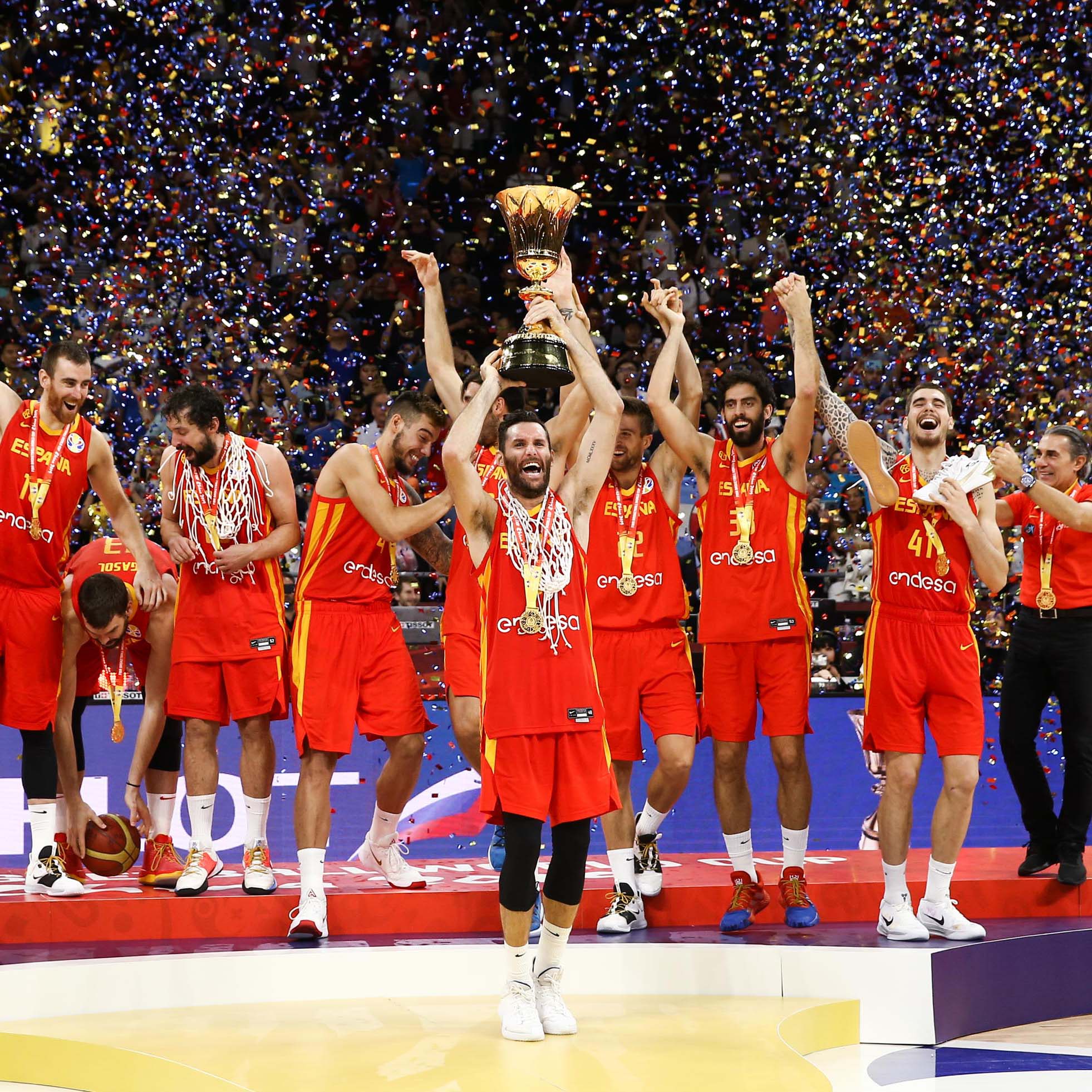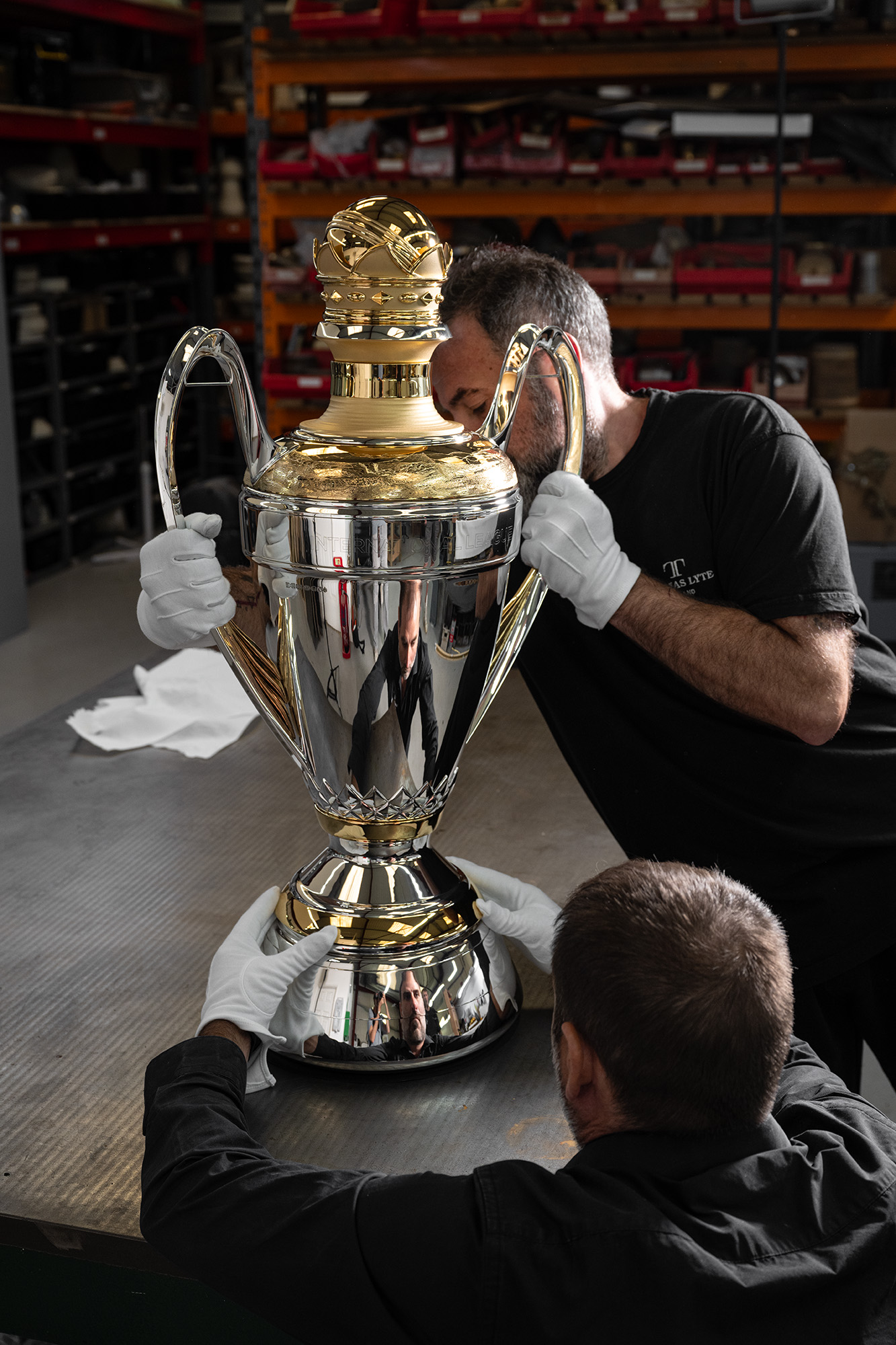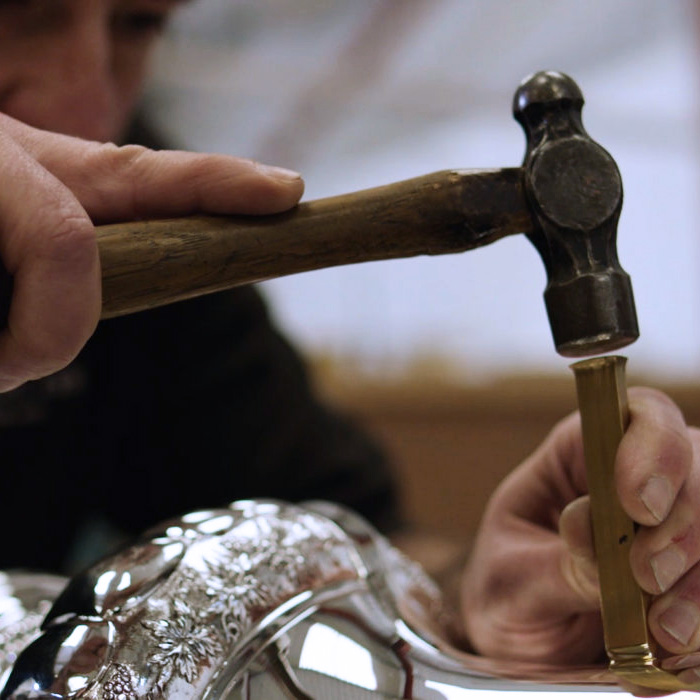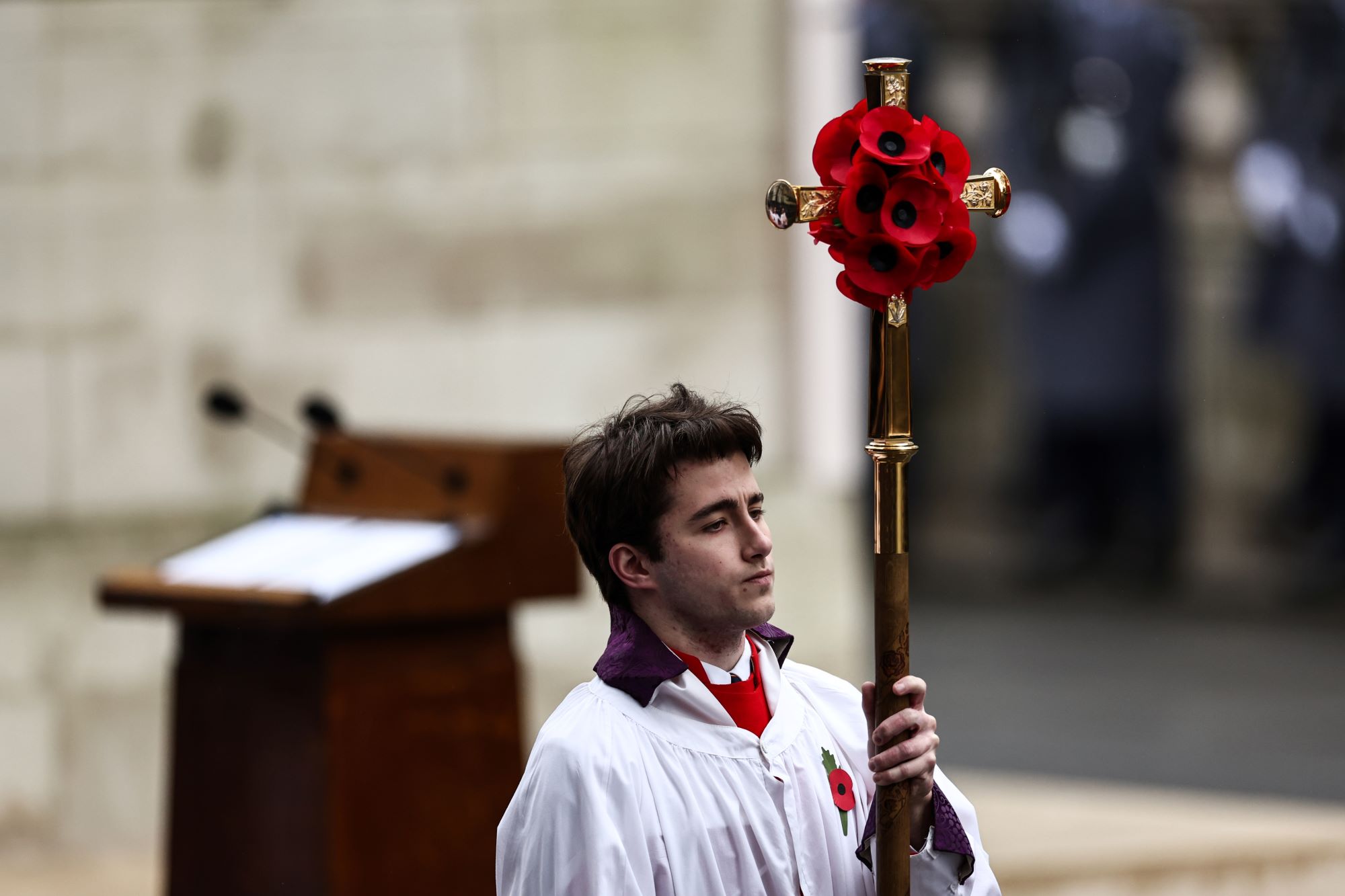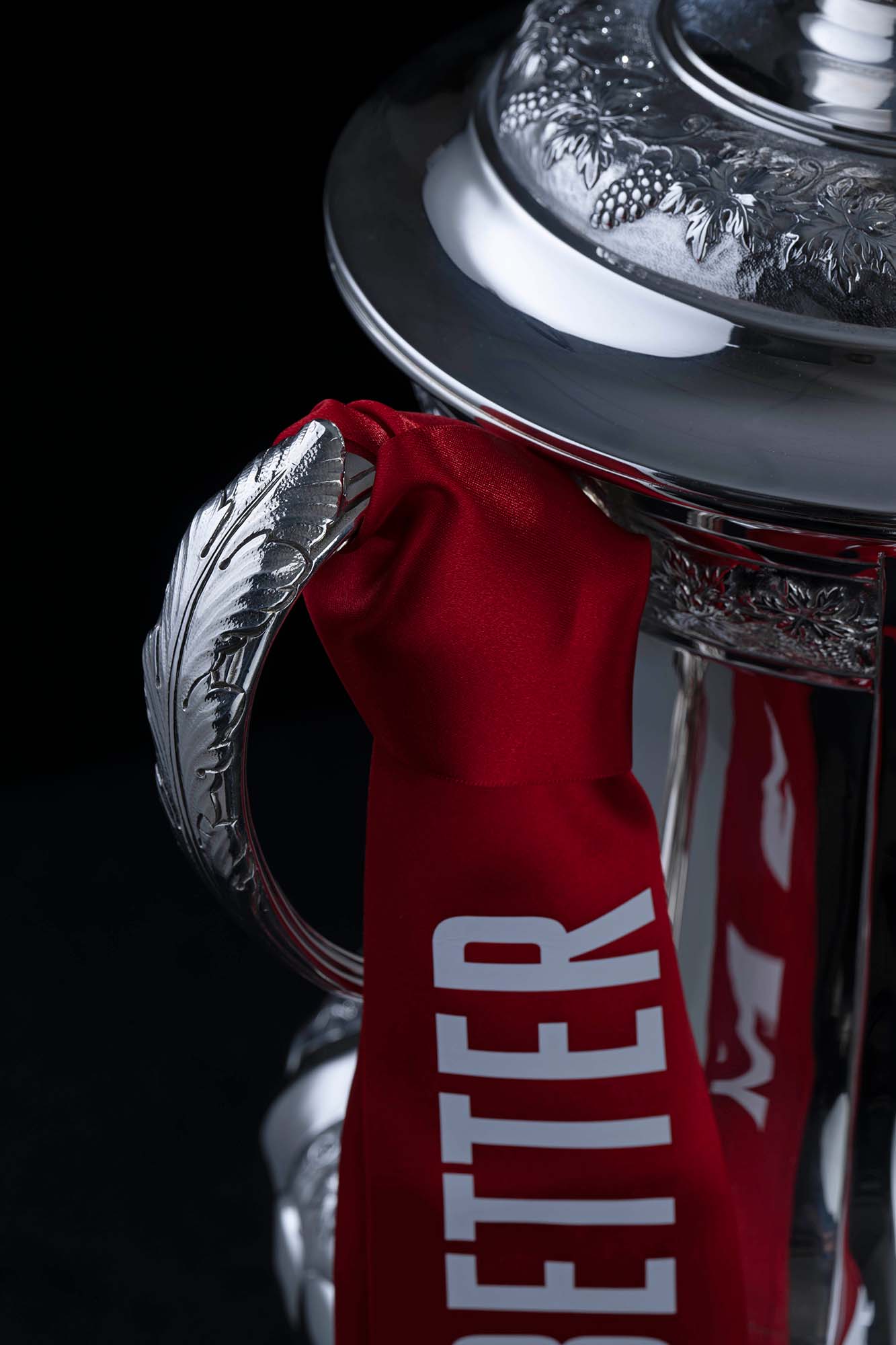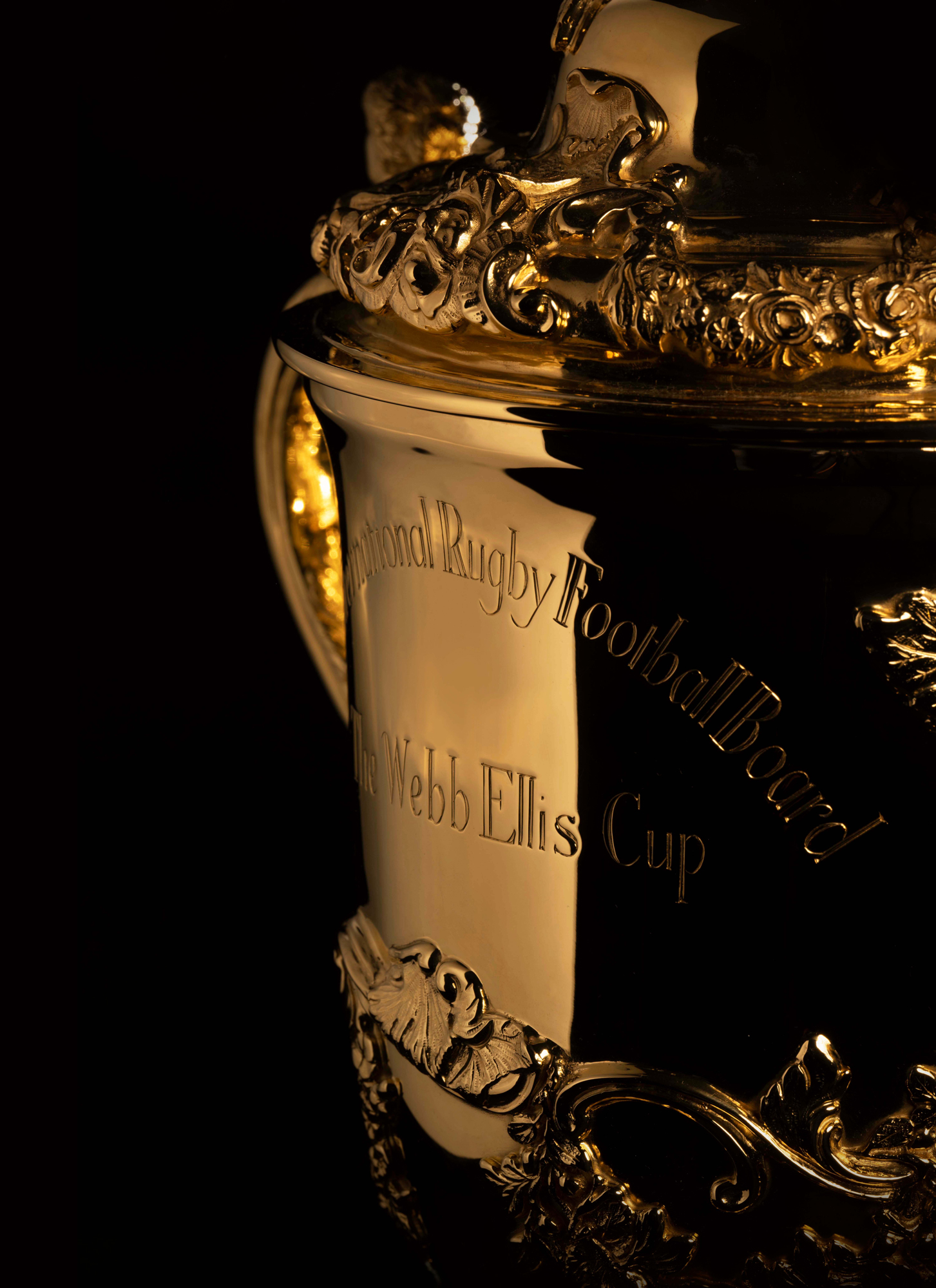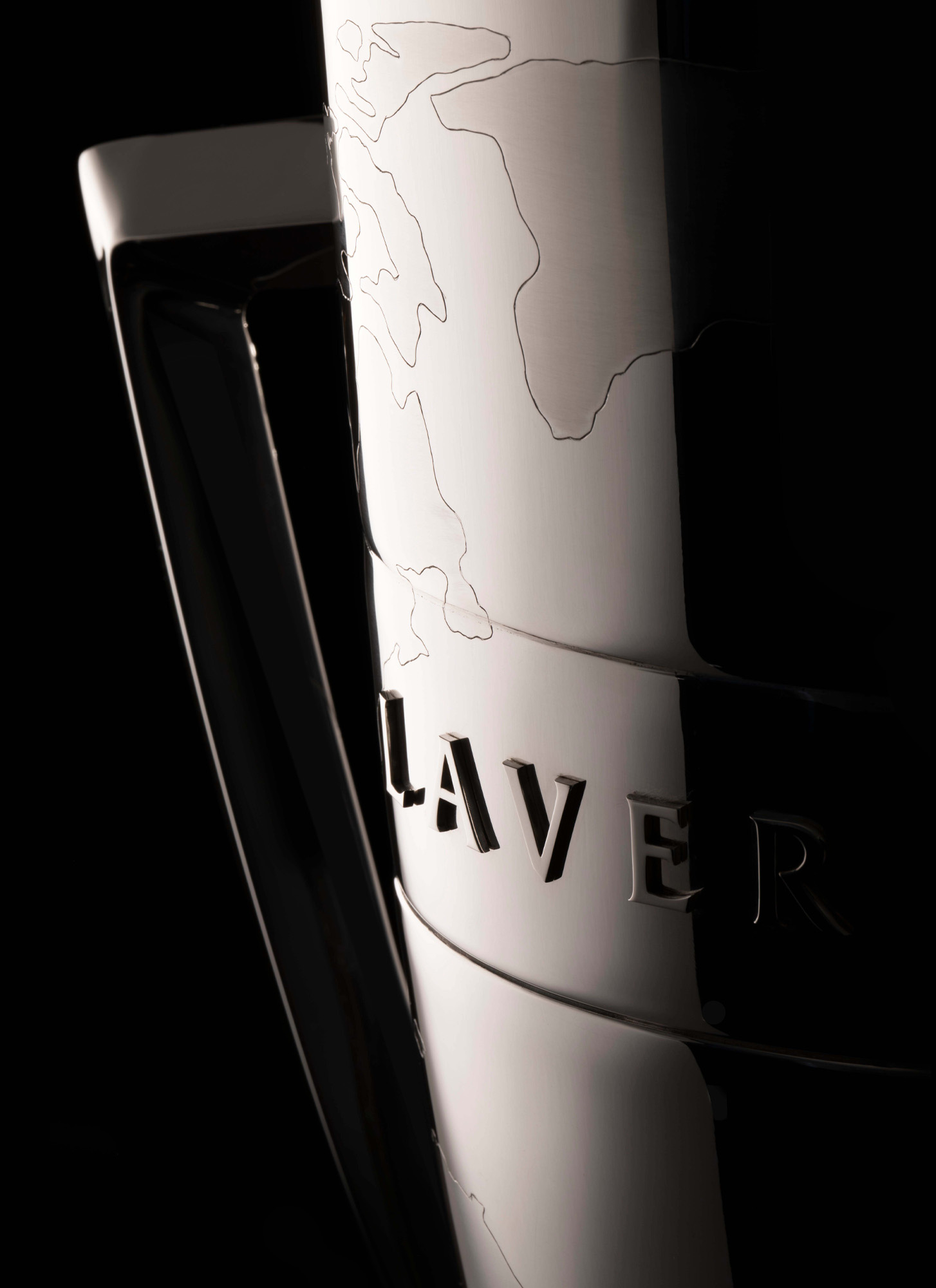Conceived in collaboration with the design team at Radiant Studios, the trophy reflects the past, present and future of this rapidly growing competition.
Named after the man who invented the sport, Canadian James Naismith – who is also credited in some circles have come up with the design of the first American Football helmet – the World Cup prize was unveiled in Guangzhou the year before the 2019 tournament. Inspired by the Egyptian lotus flower and standing at an impressive 60cm in height, the Naismith Trophy was an illustration of just how far the sport had come since the first event was played for in 1950.
Back then, the winners of the tournament received nothing but plaudits. With the sport on its uppers, there was no trophy for the winners, meaning that the inaugural champions, Argentina – who won the competition in front of their home crowds 73 years ago – enjoyed a somewhat hollow celebration.
![baton of hope mike mccarthy recieves baton from Thomas Lyte]() A Symbol of Hope for the UK
A Symbol of Hope for the UK![Designers Makers Of The Queen Elizabeth II Platinum Jubilee Processional Cross 3 1306x1800]() Culture Round-Up: 2022 and the Queen Elizabeth II Processional Cross
Culture Round-Up: 2022 and the Queen Elizabeth II Processional Cross